🏋️♀️ How to Monitor Your Fitness Development Without Using a Scale
More than a figure: more intelligent methods to gauge your performance
✨ Introduction
A lot of individuals use the bathroom scale to gauge their level of fitness, but did you know that the scale's reading doesn't always provide a whole picture? Hormonal fluctuations, muscular growth, and water retention can all cause weight fluctuations on a daily basis. So, how can you tell if your exercise regimen is effective?
This post will discuss strong and practical strategies for monitoring your fitness development without being fixated on your weight. If you want to increase your strength, tone your body, or enhance your general health and fitness, these techniques are quite helpful.
1. Take pictures of your progress.
Why it works: Pictures let you observe how your body has changed over time, particularly in terms of improved posture and muscle definition.
How to accomplish it:
- Don the same attire for every picture 👕
- If at all feasible, use natural lighting 🌞
- Take pictures of the front, side, and back 📷
- Take pictures every two weeks or once a week.
💡 Advice: Keep them in a distinct folder for easy comparison.
2. Use a Tape Measure to Determine Your Body Shape
Why it works: Even if the scale doesn't change, measurements reveal improvement in particular places, such as your arms, thighs, hips, or waist.
Important regions to gauge:
- Waist 🧍♀️
- Hips 🍑
- The chest 💪
- Thighs 🦵
- Arms 🏋
Record your measurements in a notepad or app once a week at the same time of day.
3. Track Your Performance and Strengths
Why it works: Even if your weight remains constant, increasing your strength or speed is an obvious indication that your fitness level is rising.
Keep track of stuff like:
- What is your maximum number of push-ups? 👊
- Your distance when running 🏃♀️
- Strength training repetitions and sets 🏋️♂️
- Your lifting capacity 🏋
💪 For instance, you've made great improvement if you were only able to perform five push-ups last month and can now perform fifteen!
4. Maintain a Journal of Your Exercise
You may monitor your improvement over time and maintain consistency by recording your workouts.
Add the following to your journal:
- Exercises that you did ✍️
- The quantity of reps and sets 🔢
- Intensity and duration ⏱️
- Your feelings after 🧘♀️
You'll identify trends and learn which routines work best for you.
⚡ 5. Monitor Your Mood and Energy Levels
Are you feeling less worried and more energized? That is also progress!
Regular exercise can:
- Boost your quality of sleep 😴
- Improve your mood 😊
- Boost your daily vitality ⚡
- Decrease depression and anxiety 🧠
📝 Advice: Record your feelings every day; these shifts are significant.
6. Check the Fit of Your Clothes
Have you noticed alterations in the fit of your clothing? That is yet another encouraging indication of progress.
- Jeans fit more comfortably 👖
- More comfy shirts 👚
- Overall, I feel more confident 💃
🤸♀️ 7. Assess Your Mobility and Flexibility
Strength is only one aspect of fitness; another is how well your body moves.
Try:
- In contact with your toes 🦶
- Deep squats 🧍♀️
- Using a towel to increase shoulder flexibility 🏋️♀️
- Monitor your mobility gains on a weekly basis.
8. Make use of wearables or fitness tracking apps
Smartwatches and fitness applications can provide you with in-depth feedback:
- Monitor your heart rate ❤️
- Count of steps 👣
- Burned calories 🔥
- Daily active minutes ⏳
Select tools that fit your lifestyle and inspire you.
9. Establish Performance-Based Objectives
Don't worry about weight targets. Instead, try establishing fitness goals:
- Run 5K continuously 🏃♀️
- Spend two minutes holding a plank 💥
- Ten complete push-ups 💪
- Learn how to do a yoga pose 🧘♂️
These objectives are enjoyable, quantifiable, and inspiring.
10. Honor Non-Scale Achievements (NSVs)
NSVs demonstrate your progress without putting you on a scale!
For instance:
- Better equilibrium 🧍♀️
- Improved posture 💃
- Putting on more weight 🏋
- Reduced daytime fatigue ☀️
- Re-fitting into your favorite outfits 🙍
Enjoy every victory—you deserve it! 🎉
✅ Conclusion
It's more accurate, inspiring, and powerful to track your fitness progress without a scale. You'll feel more connected to your fitness journey if you concentrate on how you feel, how your body moves, and what it can do.Enjoy becoming the healthiest version of yourself, have faith in the process, and acknowledge your accomplishments. 💚


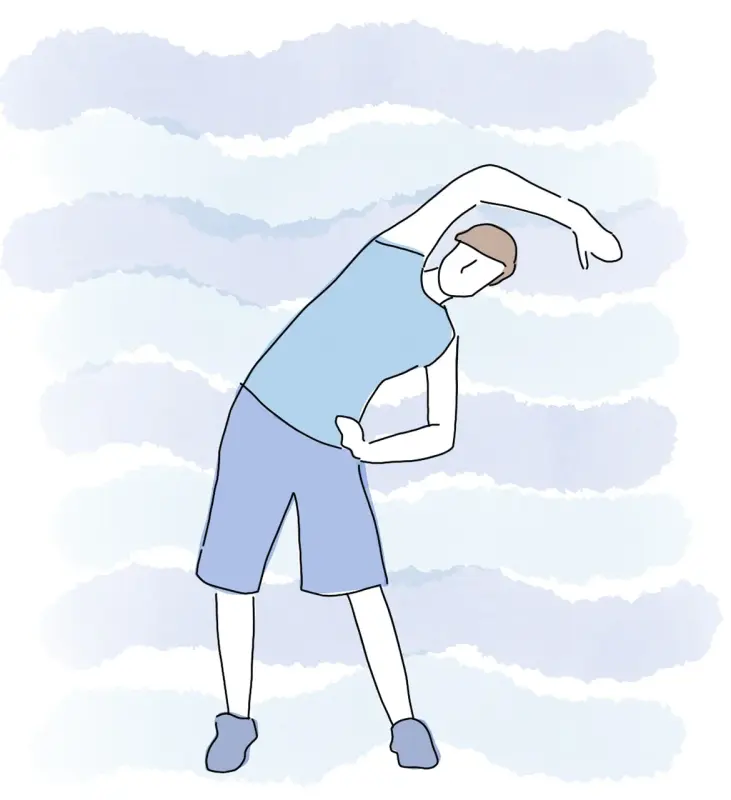


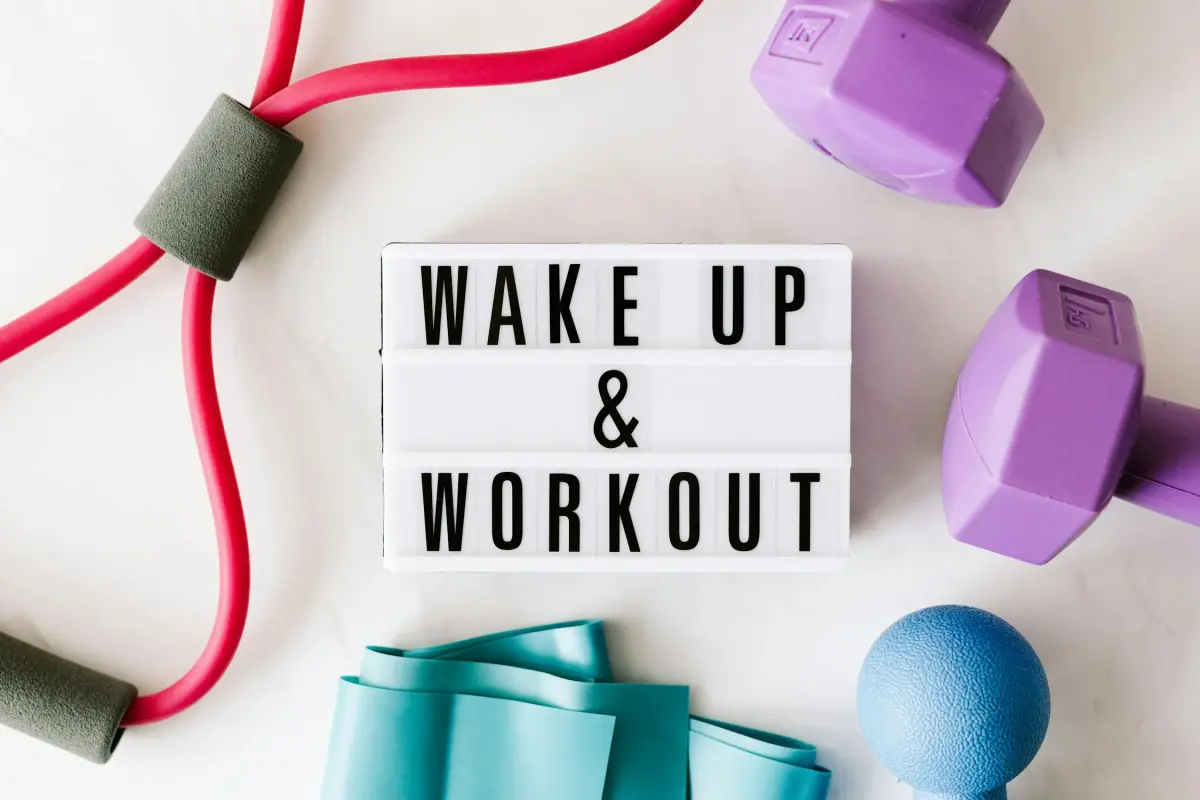
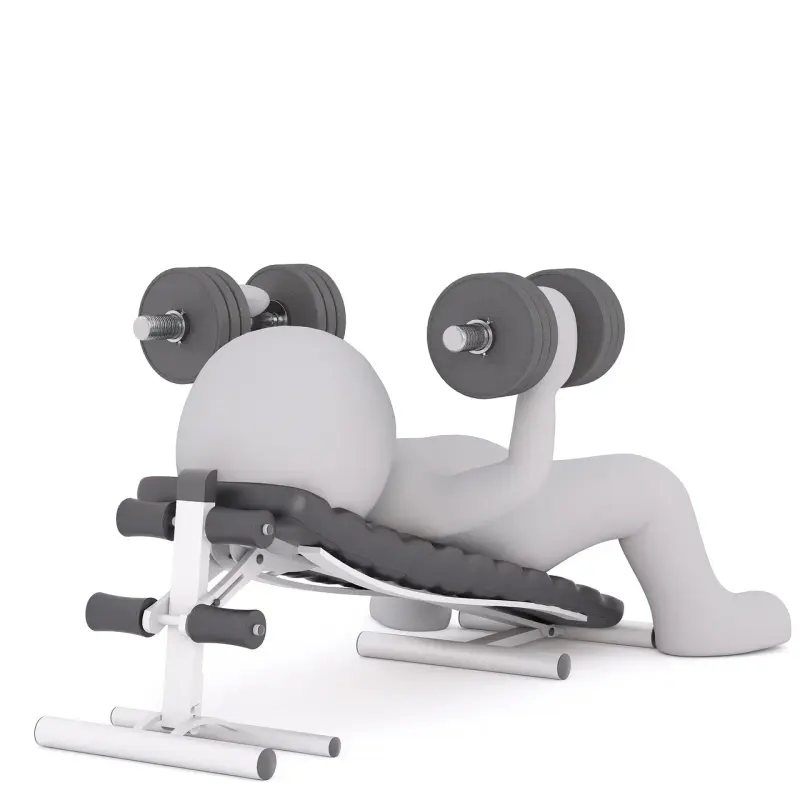
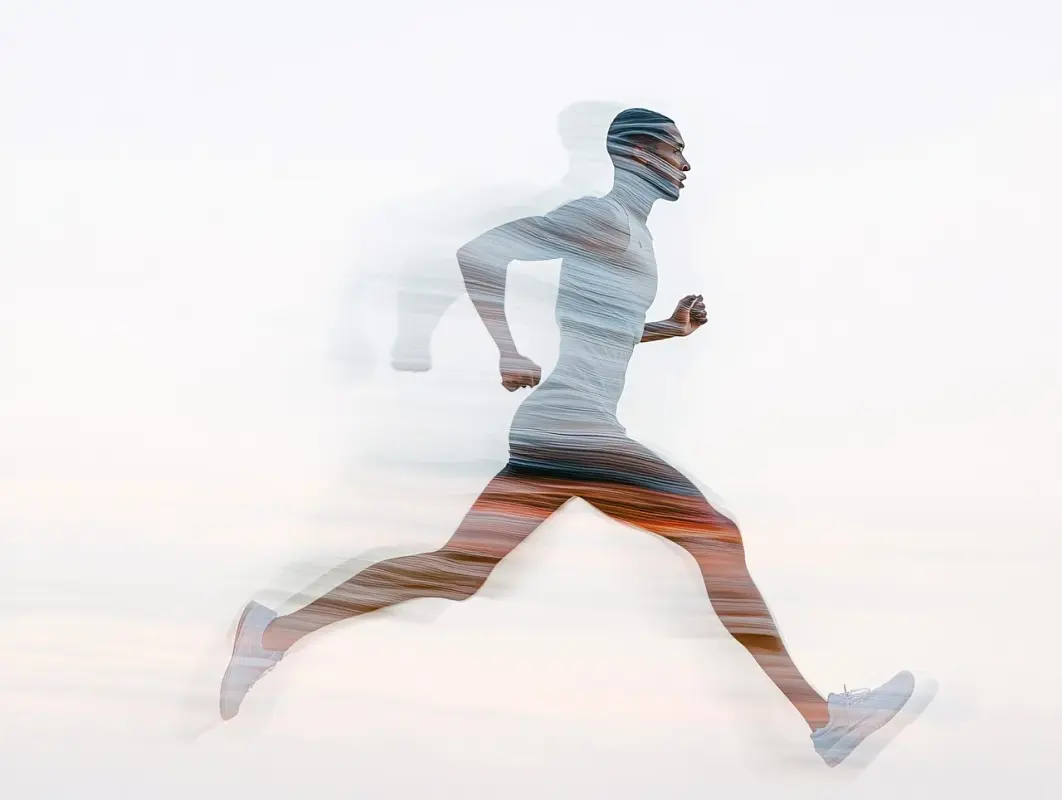
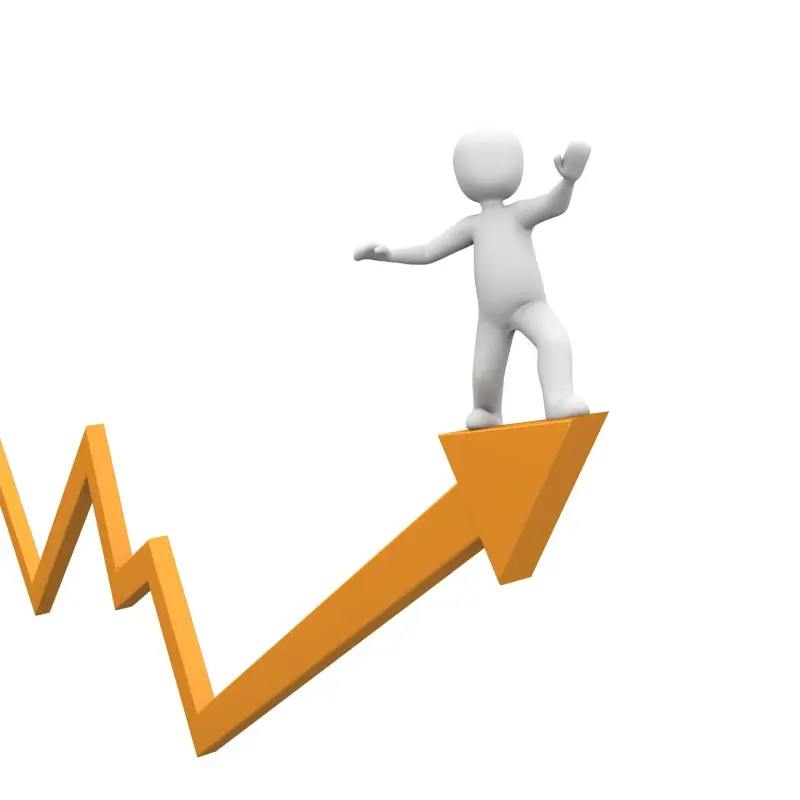




👍👍👍👍👍👍
ReplyDelete👏👏👏👏
ReplyDeleteExactly what I needed! Finally, a way to track progress without obsessing over numbers.
ReplyDeleteIncredible content, so motivating and realistic!
ReplyDeleteSuch helpful tips! This article changed how I view fitness.🙃🙃
ReplyDeleteThis was super helpful and encouraging—great job!👍
ReplyDelete"Thank you for reminding us that progress isn't just about weight!"
ReplyDeleteLove this! 💪 Such a great reminder that progress isn’t just about numbers, how you feel matters too. Keep it up! 👏
ReplyDeleteLove this approach—it's all about how you feel, not just what the scale says!
ReplyDelete👏👏👏👏👏
ReplyDeleteVery helpful! I liked the idea of tracking without a scale.
ReplyDelete